Blue Damselfish
$14.99
-
Select Variant
The Blue Damselfish is probably the most sought-after marine fish the United States. Beginners love its toughness and its small size, whereas advanced aquarists adore the vibrant color and energy this fish of the Pomacentridae family adds into the tank. Female Blue Damselfish are entirely electric blue. Males however are orange-colored and are often referred to as the Orangetail Blue Damselfish also known as Blue Devil Damselfish.
The reefs of in the Indo-Pacific, Chrysiptera cyanea is generally busy defending a small area. Incredibly, Blue Damselfish has the ability to hide within a hole or crevice before darkening to a blackish hue. It usually happens when it is in danger. When the threat has been eliminated, it will return to its vibrant blue hue in just a few minutes.
The Blue Damselfish can be quite aggressive, therefore its habitat ought to be large enough to accommodate several species. This is a great choice for novices and is the ideal partner species for saltwater aquariums with more than 30 gallons. Blue Damselfish is also an excellent option for reef aquariums that contain invertebrates. As the Blue Damselfish matures, it might exhibit aggressive territorial behavior toward future additions to the aquarium. If you are keeping this aquarium fish along with other damselfish species, make sure you provide plenty of hiding areas to help break up territorial boundaries and lessen aggression
Diet of Blue Damsel should consist of frozen and flaked foods and herbivore-based preparations.
Approximate Purchase Size: 1" to 2"
- Description
- Additional Information
- Reviews
Blue Damselfish Information
They're nicknamed Blue Devil due to their character. They can be extremely aggressive when they encounter any other tank mates, especially those who are new to the tank. They're very aggressive and compete with larger fish. They may even attack your hand when it gets close to their zone of residence. They don't seem to have a clue about themselves only being just a few inches. It's called the great mouse syndrome!
As we mentioned earlier, Blue Damselfish will establish their own territories within the tank. The presence of live rocks in your aquarium will make them more at ease and give them a place to hide. It is possible to continue keeping several Blue Damselfish in one tank if you introduce them at the same time. Due to the "anger management" issues, it's best to introduce them first to your setup.
size
Small
Units
1
Weight
6 lbs
Dimensions
1 × 1 × 1 in

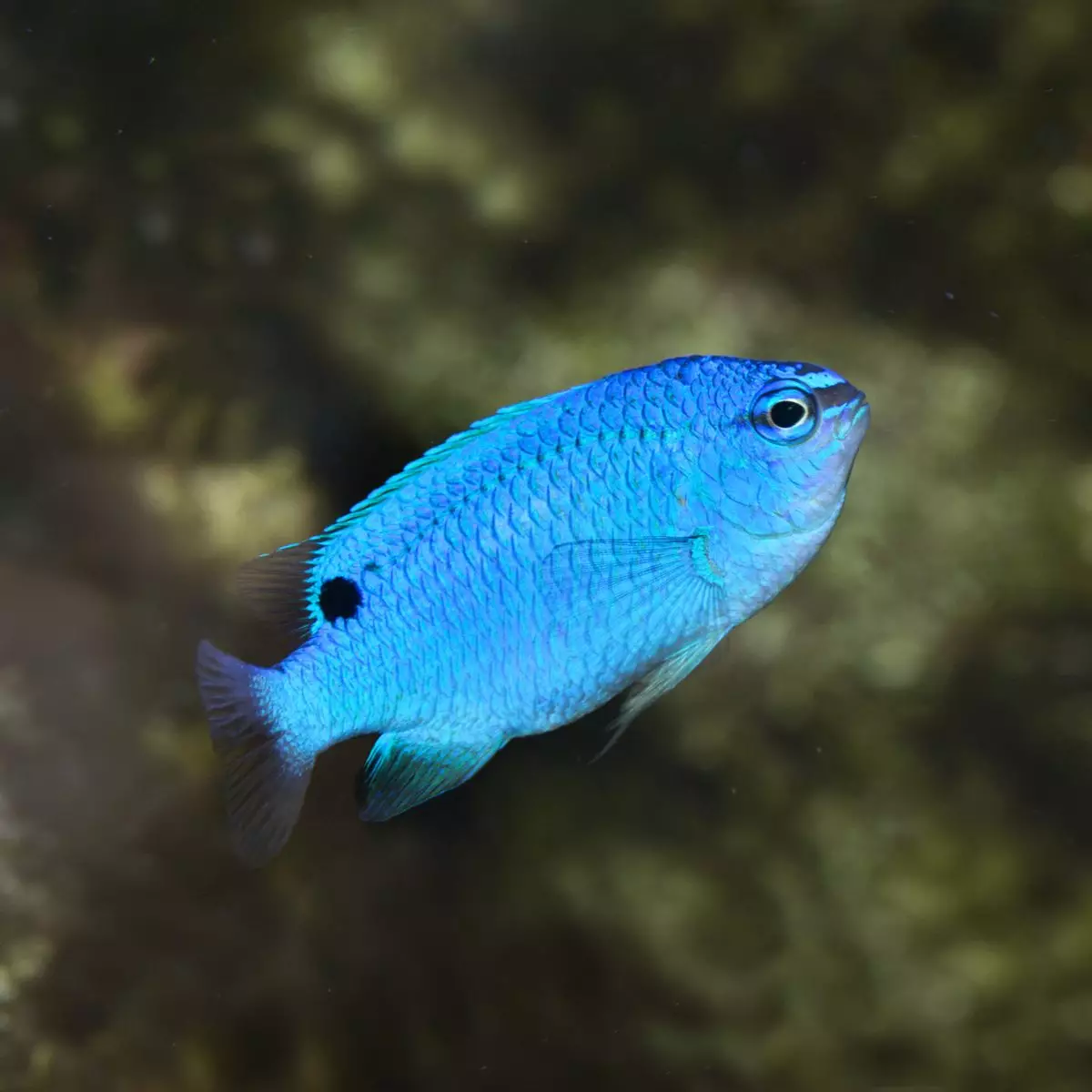
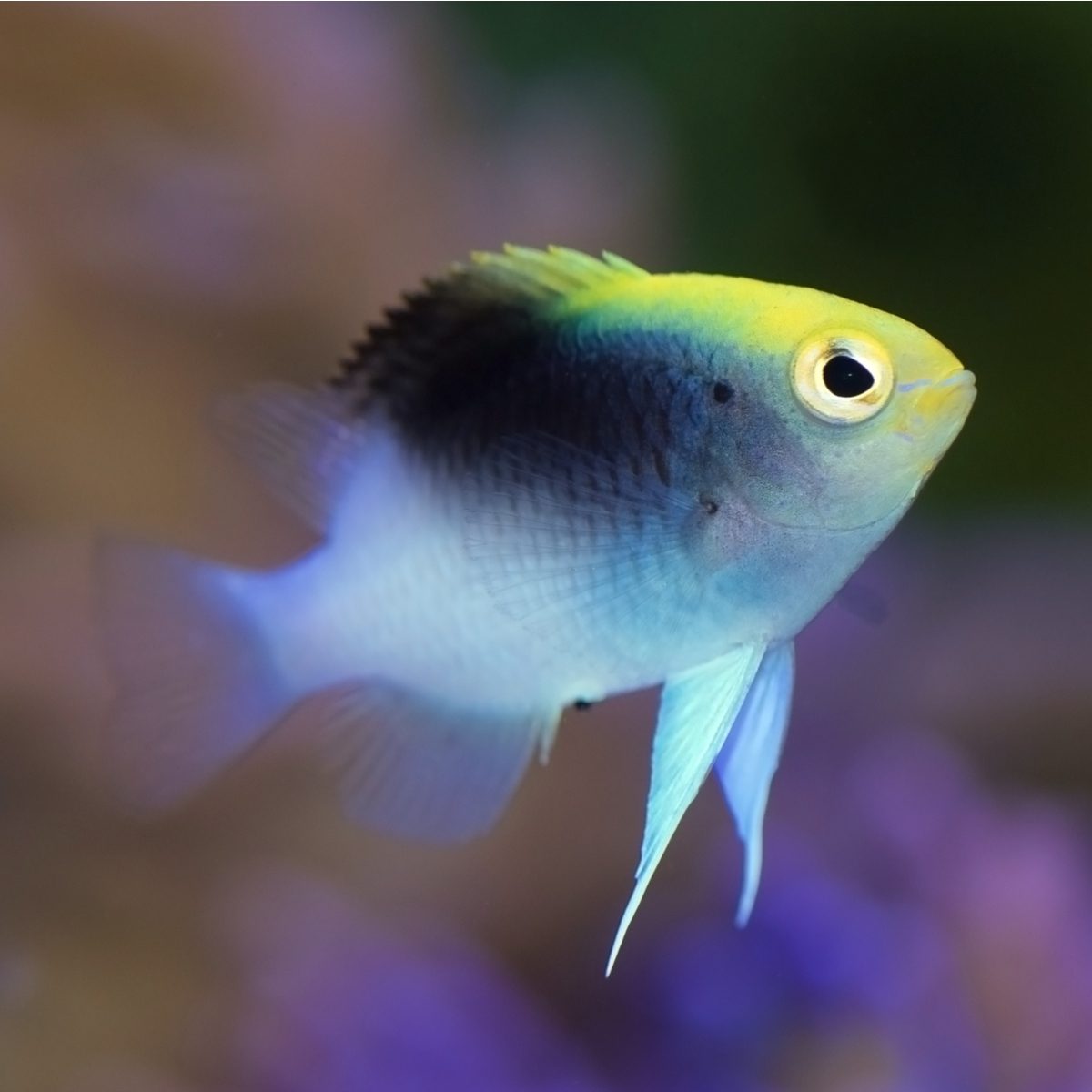
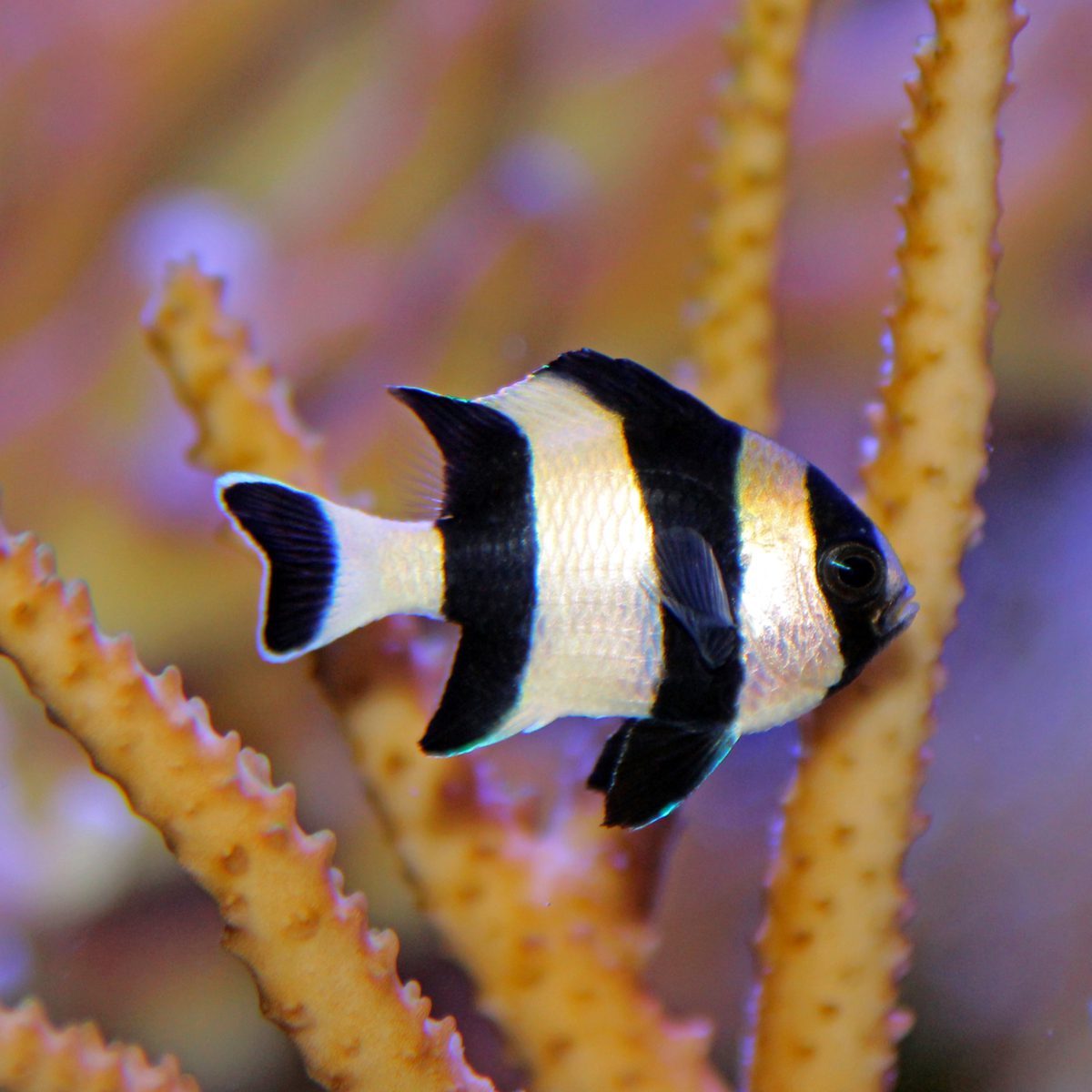
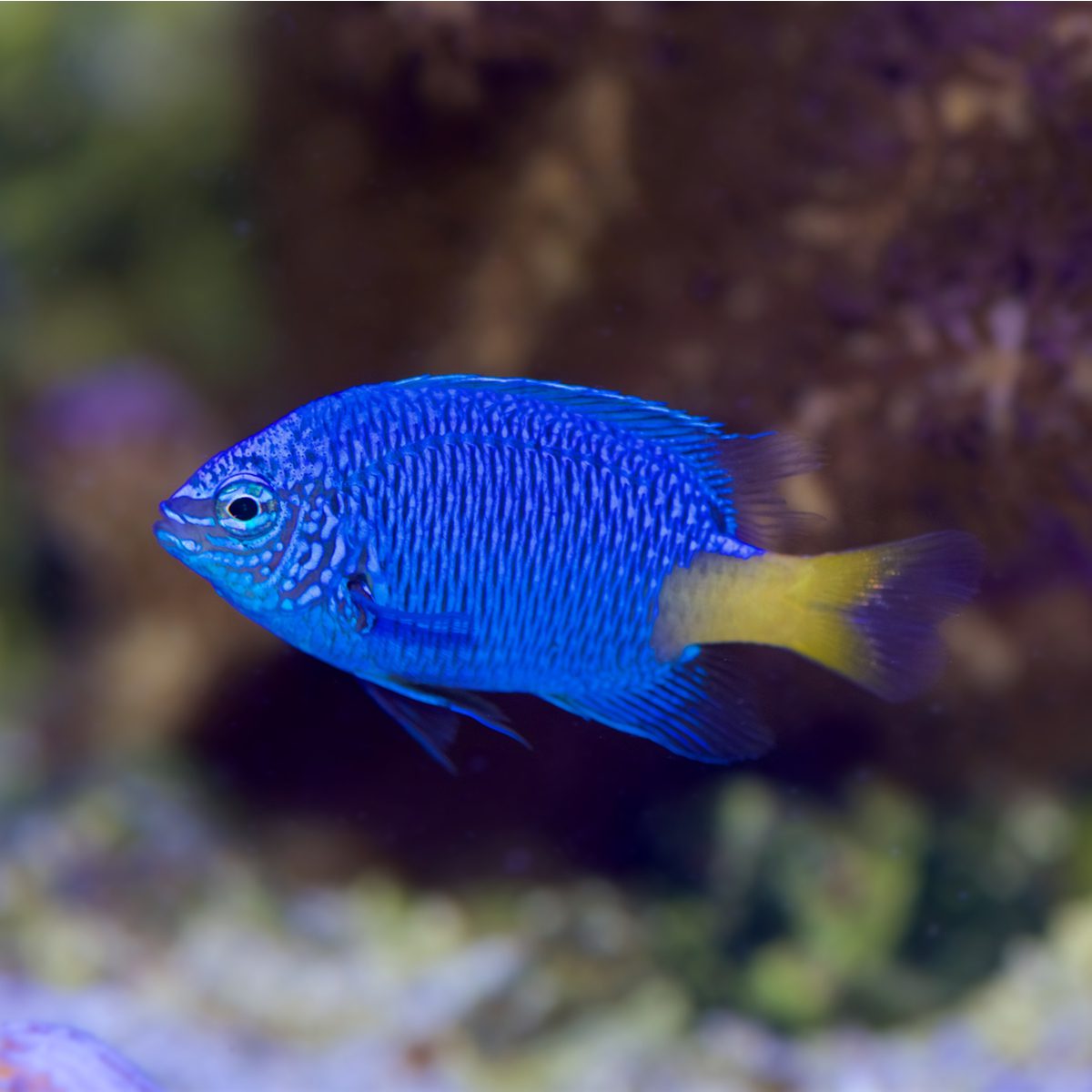
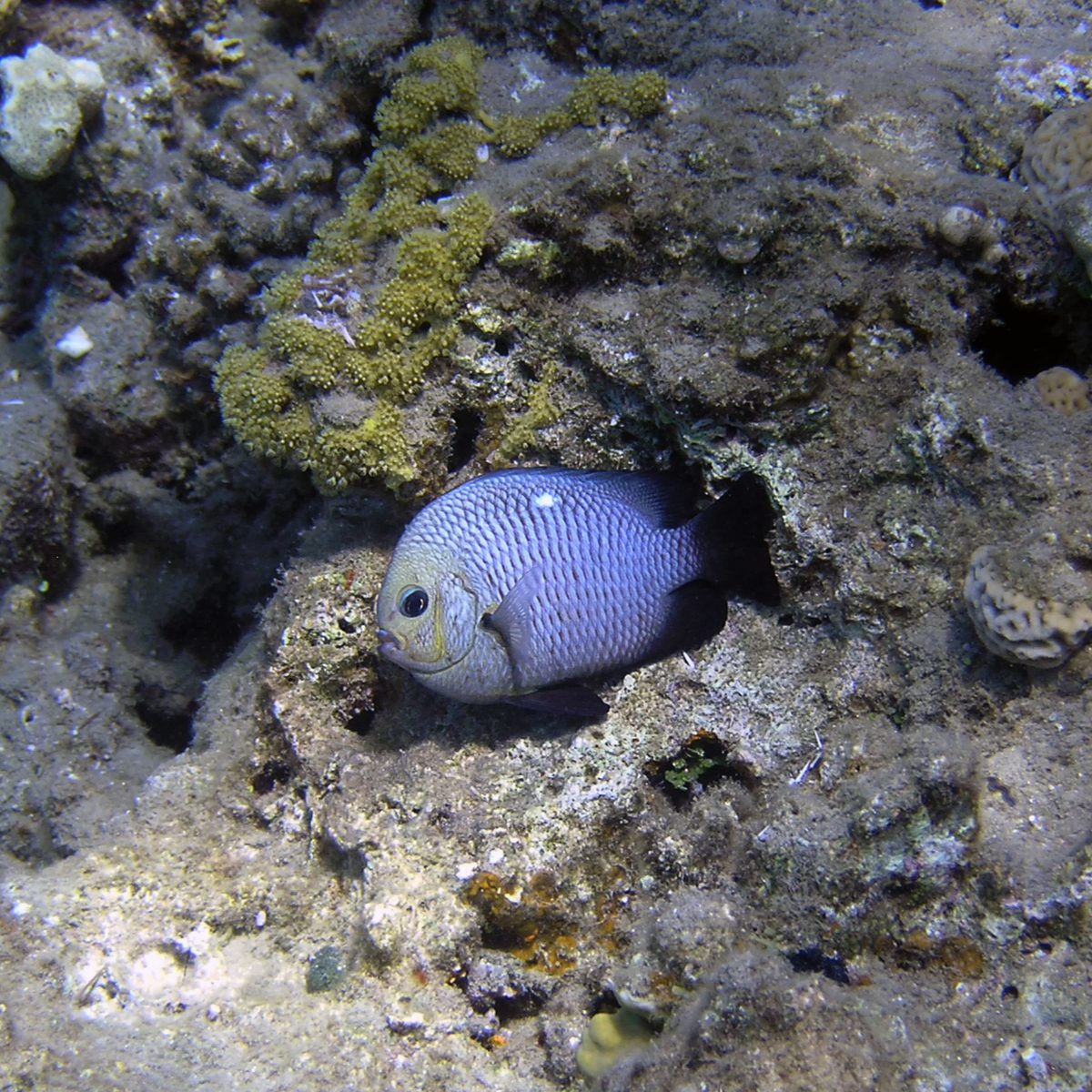
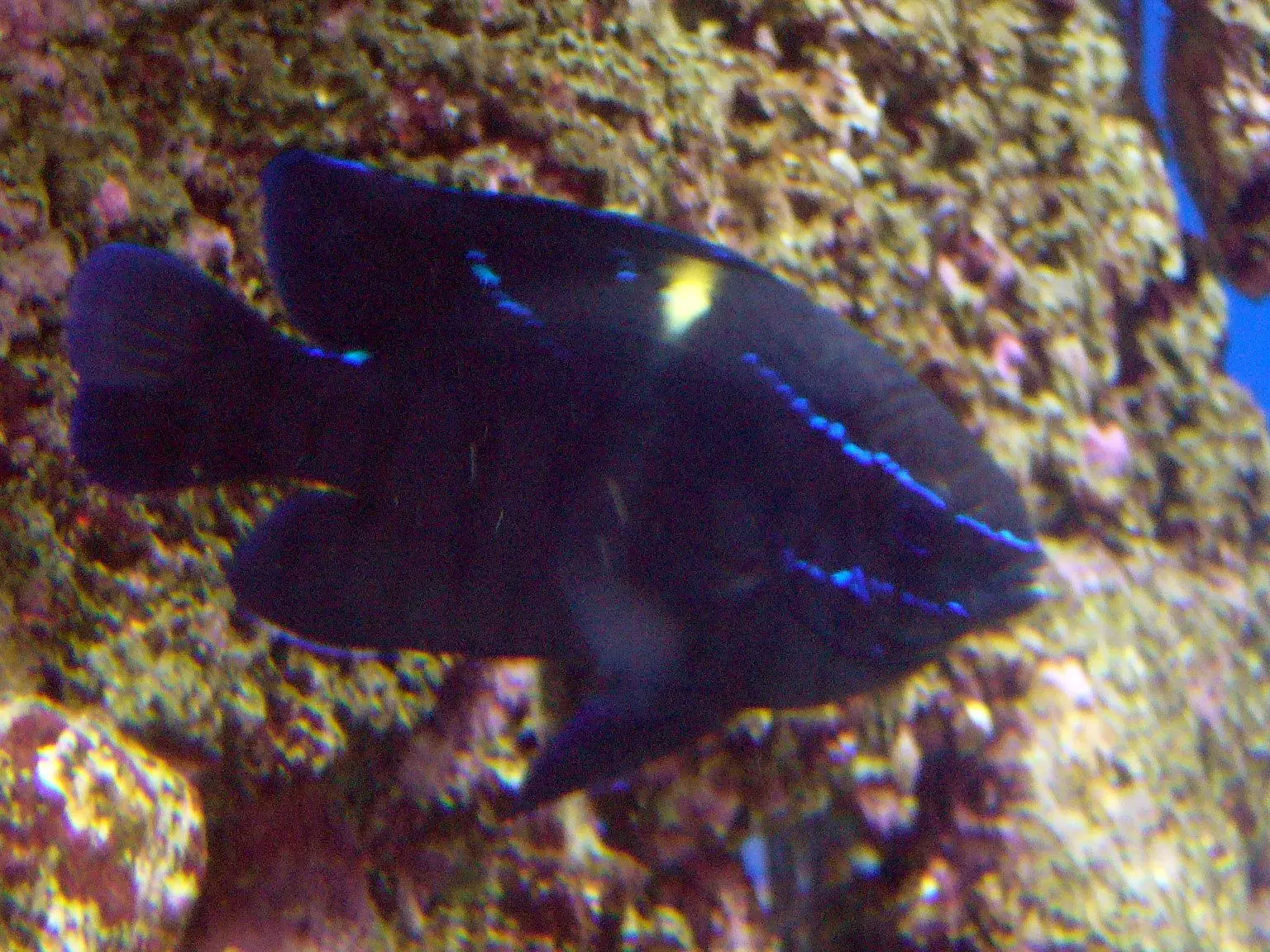
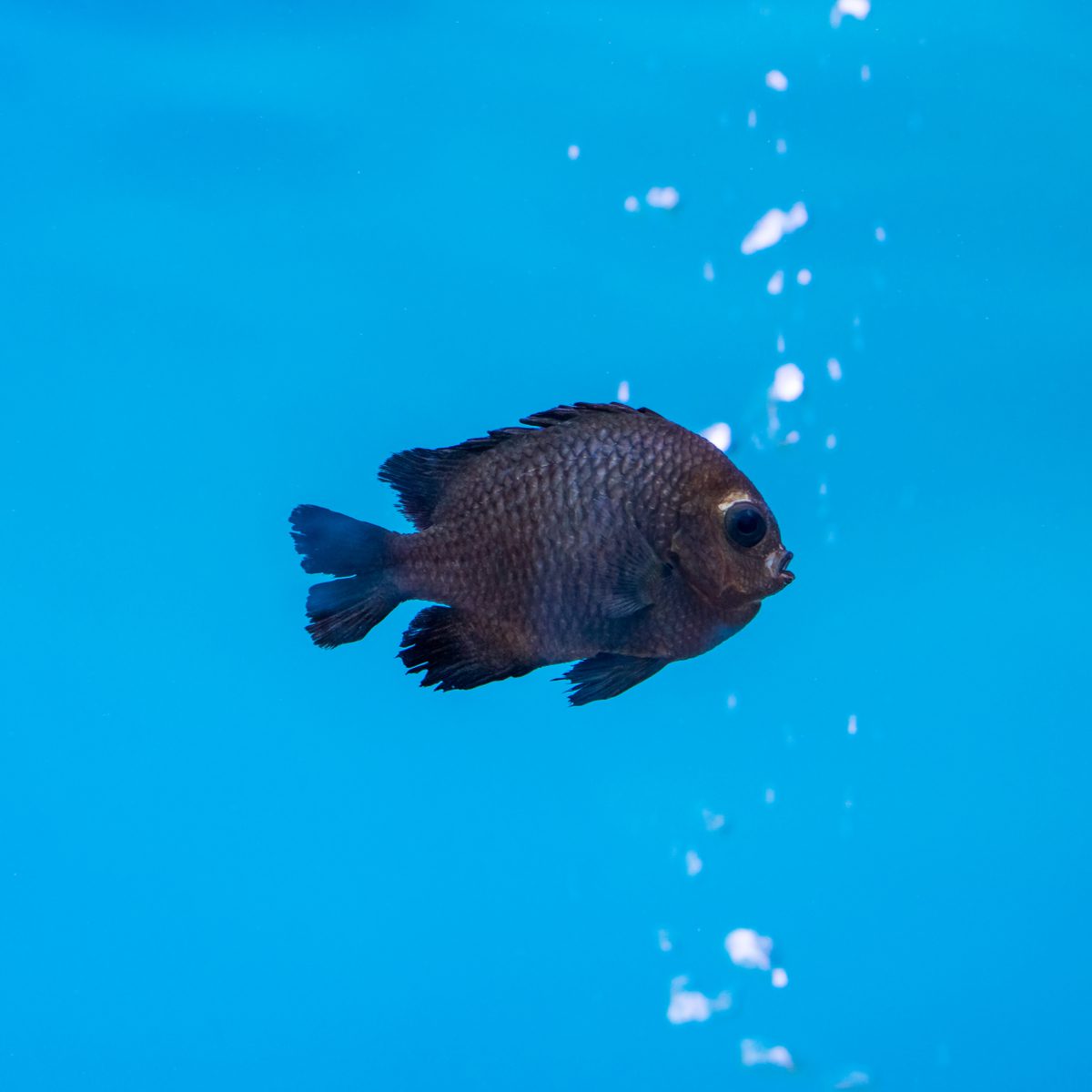
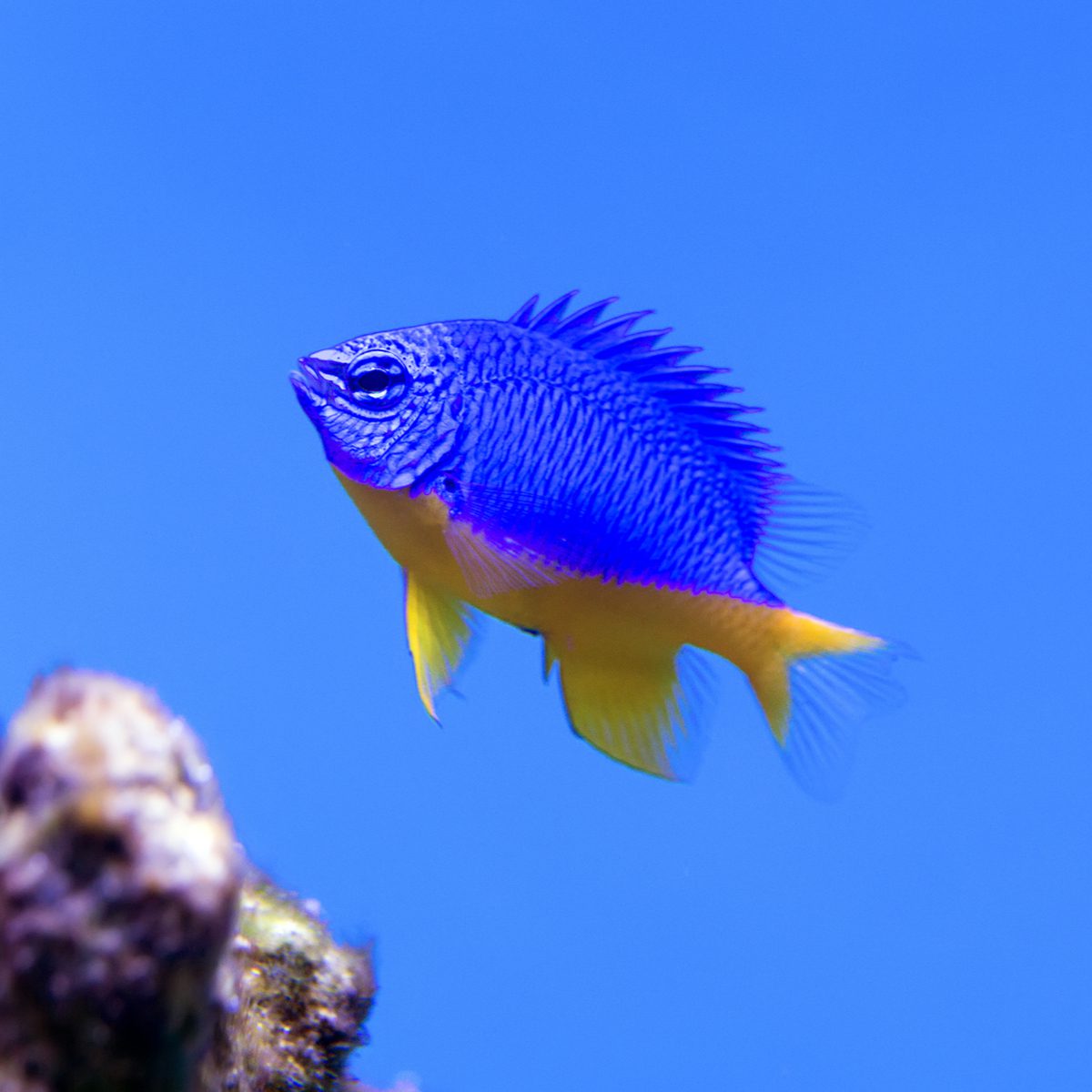
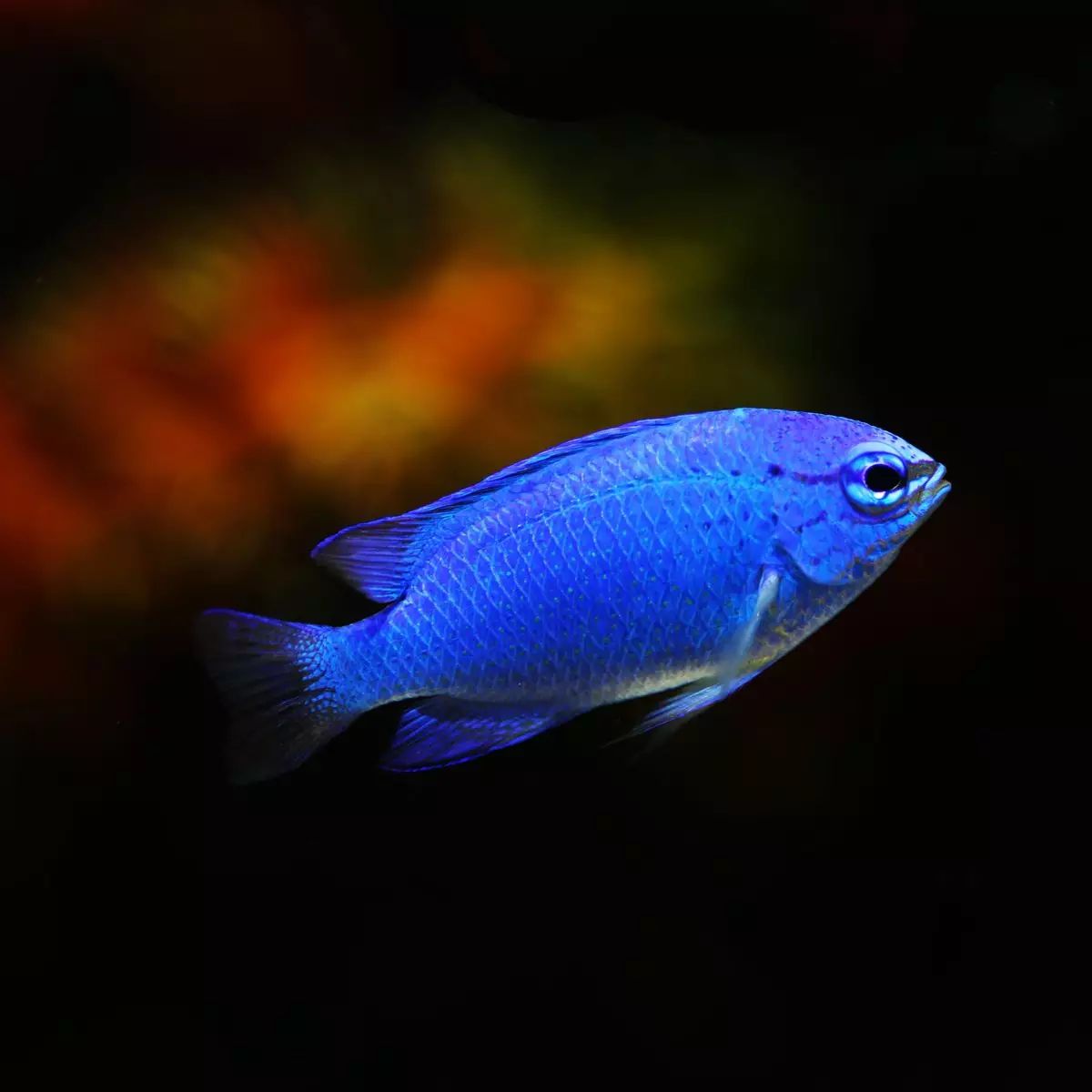

Reviews
There are no reviews yet.